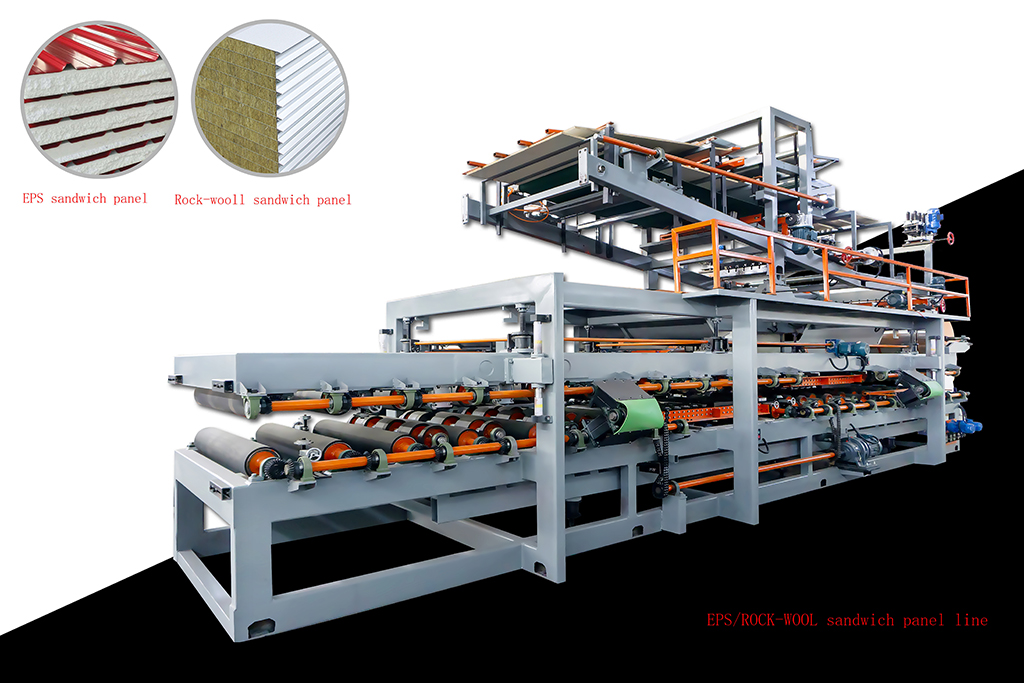For many years, insulated sandwich panels (ISPs) were only used in freezers and refrigerators. Their high thermal properties and ease of installation make them particularly suitable for this purpose.
It is these benefits that are driving engineers to consider broader applications of ISP beyond refrigeration.
“With skyrocketing energy and labor costs, improving the energy efficiency and performance of buildings has become a sought-after goal, and ISP is now widely used for roofs and walls in various types of buildings,” said Duro Curlia, CEO of Metecno. PIR, a Bondor Metecno group company.
With an energy efficiency rating of up to an R-value of 9.0, ISP plays a key role in helping companies achieve their sustainability goals, with thermal performance typically unattainable with conventional bulk insulation of the same thickness.
“Their improved thermal performance significantly reduces the energy required for artificial heating and cooling, making them an important component of truly green buildings,” Kurlia said.
”Because it is a continuous form of insulation, there is no need for thermal breaks to compensate for the energy losses of traditional framing. Additionally, the nature of ISP means that the building’s insulating core cannot be compromised or removed at any time. Additionally, this insulation material does not settle , does not stick together or collapse. This can occur in conventional wall cavities and is a major cause of energy inefficiency in commonly used building systems.”
The most common and internationally recognized ISP insulation materials are EPS-FR, mineral wool and polyisocyanurate (PIR).
“ISP mineral wool core is used where non-combustibility is required, such as boundary walls and rental premises walls, while ISP polystyrene foam core has a fire-resistant polystyrene foam core and is suitable for applications requiring high quality lightweight panels with good thermal properties . Performance standards,” Kurlia said.
All ISPs help save energy, and PIR provides the highest R-value and therefore the highest thermal performance.
“ISPs made from PIR core material, a continuous high-strength rigid foam between layers of BlueScope steel, are used in large-scale commercial and industrial applications to reduce the amount of energy consumed for heating and cooling,” Kurlia said.
“Due to their optimal thermal properties, thinner PIR panels can be used compared to other ISP base materials, potentially providing asset owners and occupiers with more usable floor space.”
Building codes regularly change and evolve to ensure that building practices and products function as intended to best serve current and future communities.
The latest version of the National Building Code (NCC) requires greenhouse gas emissions reductions of 30-40% for certain types of buildings and sets clear targets to ultimately achieve net-zero emissions targets.
“This change now requires designers to consider many new factors when measuring a building’s thermal performance, including the effect of thermal bridging, the effects of solar energy absorption when choosing a particular roof color, increased R-value requirements and the requirement to match glass and walls using thermal calculations rather than perform this operation alone.
“ISPs can play an important role in driving NCC change through independently verified and Codemark certified products,” Kurlia said.
Because ISP is manufactured to the specific size of the project, no waste is generated in the landfill. Additionally, at the end of its life, the ISP steel surface is 100% recyclable, and the insulating core can be reused or recycled, depending on the type.
Bondor Metecno also promotes decentralized production operations and contributes to sustainability initiatives.
“Bondor Metecno has facilities in every state of Australia that support local projects and communities and minimize the carbon footprint of transporting materials from factory to site,” Curlia said.
“Once the building is operational, the addition of the ISP will significantly reduce energy consumption, bringing significant benefits to the environment and users.”
For more information on the evolution of the NCC and the use of ISPs for compliance, download the Bondor NCC white paper.
create tells the stories of the latest trends, innovations and people shaping the engineering industry. Through our magazine, website, e-newsletters and social media, we highlight all the ways engineers help shape the world around us.
By creating a subscription, you are also subscribing to Engineers Australia content. Please read our terms and conditions here
Post time: Jan-19-2024


